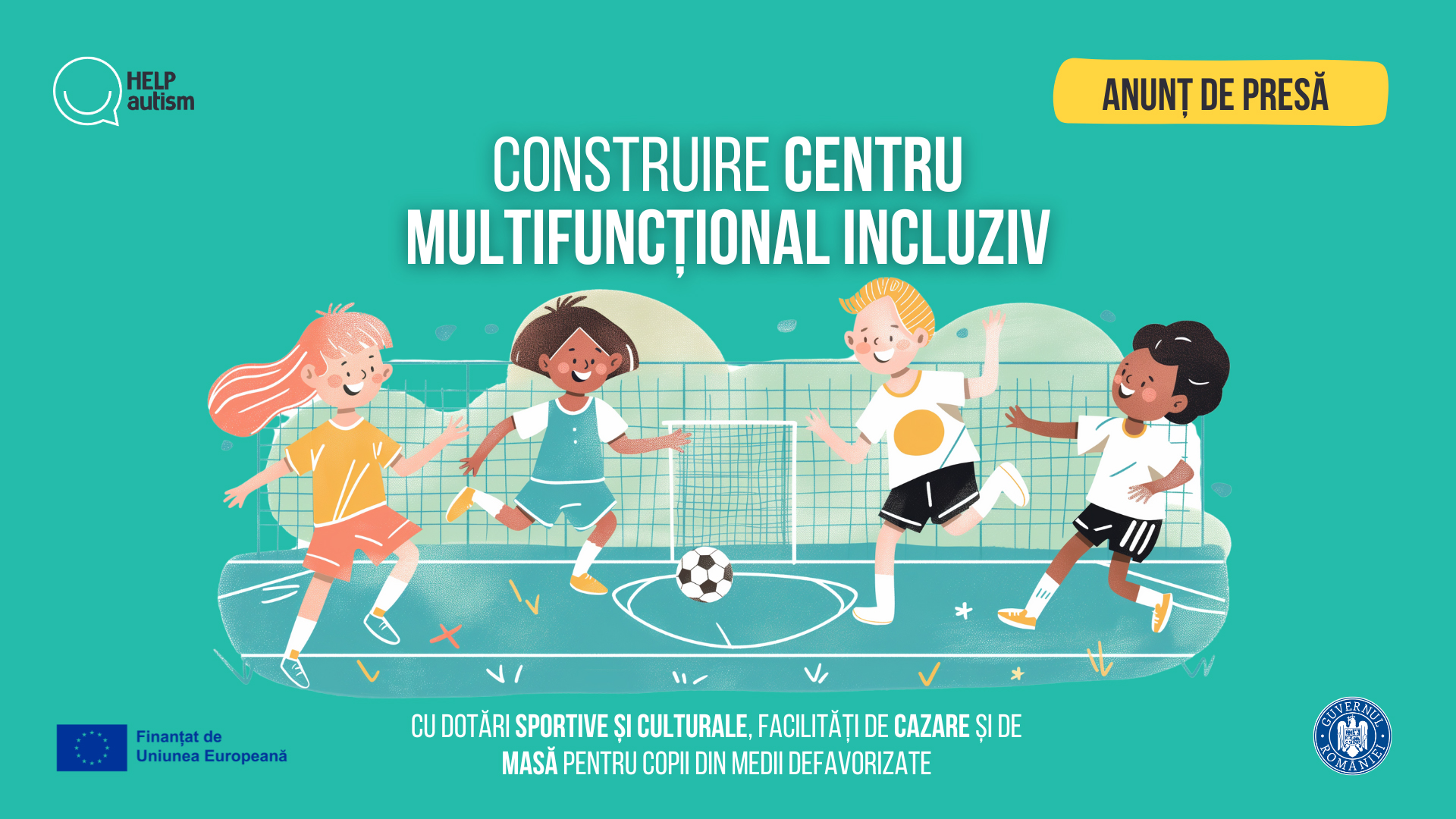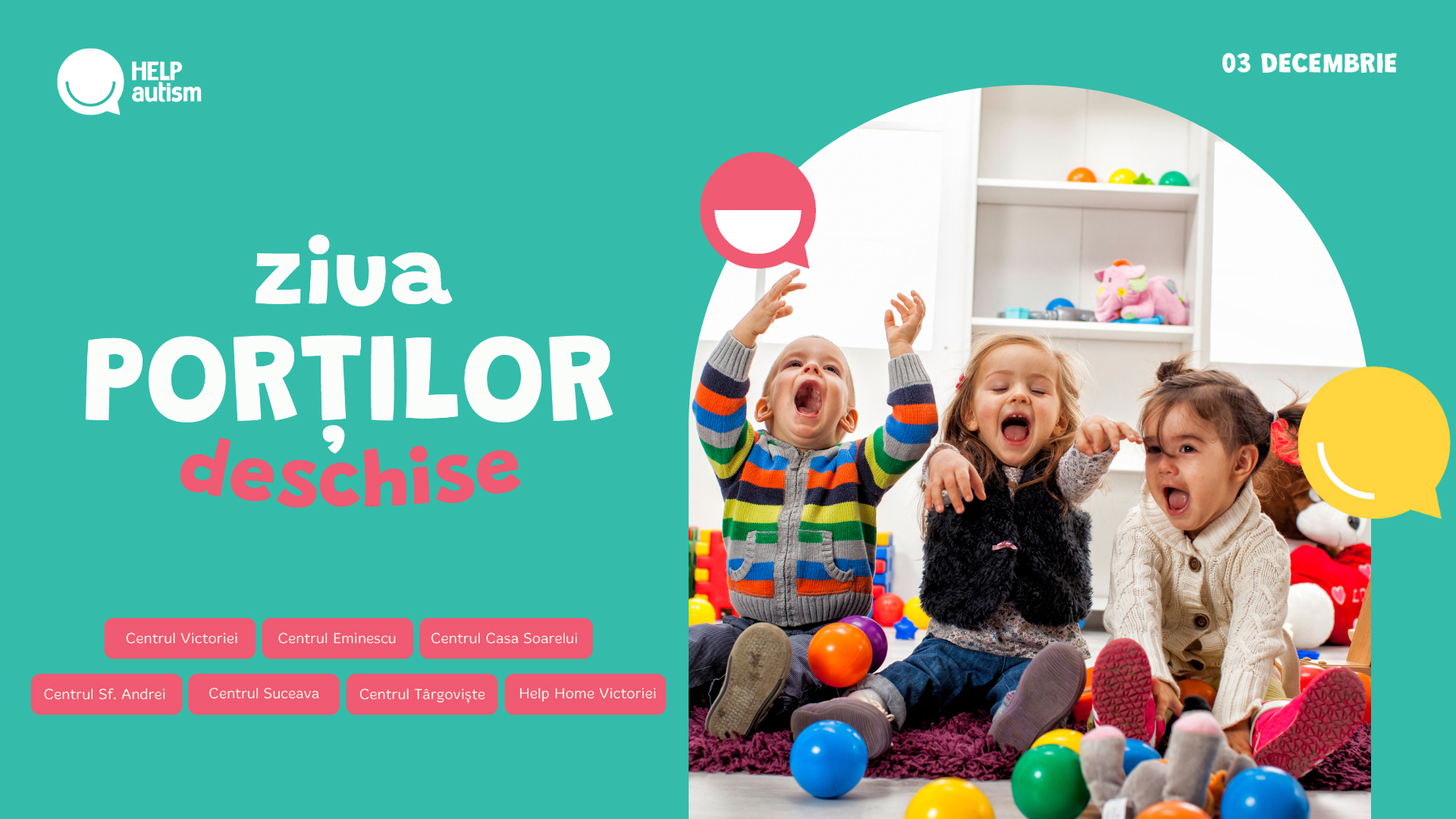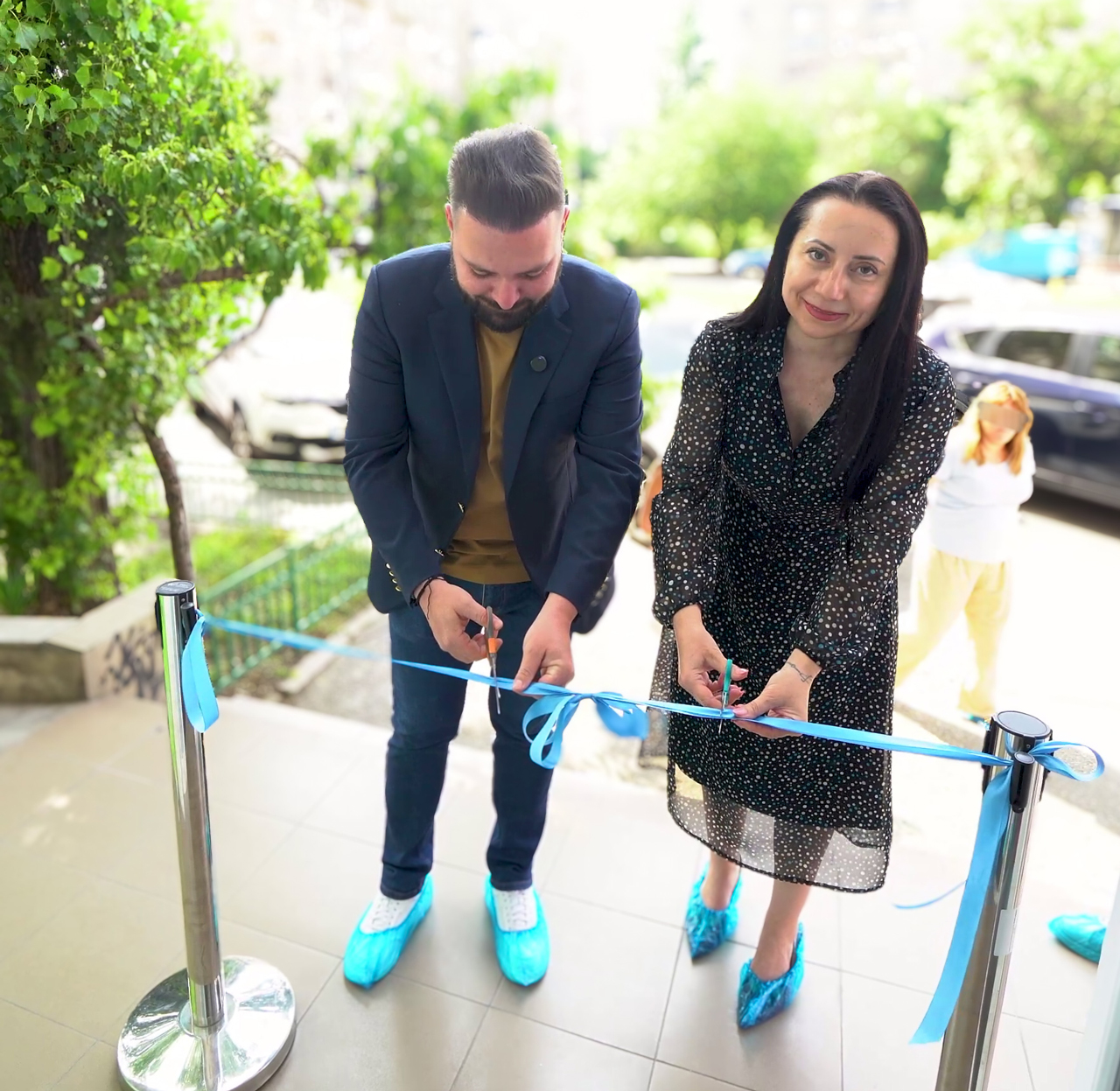
Speech disorders therapy
At first, the child learns sound pronunciation through imitation and play, then he forms words, sentences and phrases. In the process of acquiring oral language, almost all young children encounter dyslalia type issues. Some go unnoticed, but others, not treated on time can develop a complex, may impede student learning and can be an obstacle in the process of personal development.
Speech therapy has emerged as a need to synthesize knowledge about language and develop specific procedures to stimulate and correct speech. This scientific branch located between psychology and pedagogy has its sources in antiquity, because there have always been people who faced difficulties in speech.
The most common speech disorders in preschool and school-age children are:
Pronunciation disorders :pronunciation of one or more sounds is affected - dyslalia, rhinolalia, dysarthria.
Rhythm and fluency disorders: stuttering, tachilalia: accelerated speech, bradylalia: very slow speech
Read-written language disorders: dislexo-dysgraphia
Dyslalia is the most common language disorder found in kindergarten aged children. Dyslalia consists of distortion, substitution, omission, replacement or reversal of certain sounds in spontaneous and reproduced speech. The most commonly affected are the sounds of consonants, especially those that occur later in the child's speech R, S, S, L, J, Z. It is important to know that there are sounds with similar points of articulation that form "pairs": "R and L ',' M and V ',' C and G "," S and Z "," S and J "," T and D ", etc. Often, the child can not issue one of the sounds of a pair, replacing it with the another. For example, when the child can not pronounce "R" instead of "Rabbit" he will say "Wabbit".
The causes of these disorders can be malformations of the organs participating in the act of speech (lip, tongue, jaw, palate, teeth), wrong verbal model of the parent, the teacher, that the child acquires by imitation. Beginning in Infancy and continuing throughout the early childhood, parents and grandparents address the child by using diminutive words thus creating the child's reflex to inadequately pronounce words in order to draw attention. However cute and funny may seem sometimes, it is not good to encourage this type of behavior.
By the age of 3 years and a half / four years these difficulties to correctly pronounce sounds and words are not problematic because they are due to the central nervous system and lack of maturity of the phono articulatory apparatus. After this age the child has the necessary "tools" to speak correctly and if this does not happen, you should consult a speech therapist.
Speech disorders therapy includes activities that create a harmonious development of different areas:
General exercises (imitating walking movements, movement of the arms and neck, imitating applause, exercises to strengthen abdominal and chest muscles, etc).
Depending on the diagnosis, gymnastic exercises can be performed with different body parts. For example, written language disorders require training the arm, hand, fingers)
Phono articulatory apparatus mobility:
Jaw mobility exercises: opening / closing of the mouth, lowering and lifting the jaw, biting.
Mobility exercises for the tongue: the tongue games "the cat drinks milk," the ticking of the clock, fast and repeated pronounciation of the syllable "la"
Exercises for the lips and cheeks: sucking the cheeks, squeezing the lips, vibrating the lips, smiling, blowing cheeks,
Soft palate exercises : yawn imitation, swallowing exercises.
These exercises are only meant for the initial phase, before articulating sounds, after that only exercises necessary for the delivery of sound will be used.
Educating breath
In general, language disorders are accompanied by respiratory rate instability and breathing weaknesses. Breathing exercises will focus on two coordinates:
Developing nonverbal breathing through exhaling exercises: blowing your nose, blowing out a candle, inflating a balloon, etc., exercises for inspiration: smelling the flowers, differential inspiration
Developing verbal type breath: pronunciation of vowels, slow, rare, pronunciation in an exhalation, of a consonant, rhythmic breathing accompanied by movement and song (eg while walking the child counts or sings)
Breathing exercises require an airy space and are performed in front of the mirror, first with the speech therapist and then more and more independent. These exercises are effective in the early hours of therapy, and at times when the fatigue occurs.
Development of phonemic hearing
Phonemic hearing is a feature of human hearing that perceives speech sounds as semantic elements or phonemes. Phonemic hearing disorder is the lack of maturity of this feature and the lack of exercise of the expressive side of verbal language.
Before teaching the child to pronounce correctly "auditory analysis" of sound affected exercises must be made. These exercises will accompany the sound enunciation exercises.
- imitating the sounds of nature and prononciation of onomatopoeia, for example: snake: s-s-s
- paronyms series pa-pe-pi-po-pu ba-be-bi-bo-bu
- differentiation between voiced and unvoiced consonants: baba - papa
- transforming words by replacing sounds
- phonetic analysis
- rhythmic delivery
- funny games
Some of these exercises can be done with ease at home. It is useful that these be done as often as posible. It is important to involve and motivate the child in order to successfully correct the deficiencies. If the collaboration between parents and speech therapist or teacher is successful, progress will soon be observed.
Correction of speech disorders requires a variable number of sessions, depending on the difficulties faced by the child, and the way he evolves over time. Each child has his own rhythm and therefore immediate results are not always visible.
| Share pe Facebook |






